Sponsored by Battle Quest Comics
By Brian Hibbs
Well, here start to fall the hammers to Diamond in the wake of completion of the bankruptcy purchase. The new owners of the Diamond Comics Distribution part of their business is not Canadian comics distributor Universal (which did seem to have purchased Diamond UK, although it’s not entirely clear) but “Ad Populum”, whose website declares that “Ad Populum aligns corporate strategy and fosters growth across its diverse portfolio of legendary brands.” (Ew, gross.) These new owners have fired many key people at Diamond, including the folks handling ComicsSuite, Diamond’s point-of-sale add-on to RMH. This would be a bad enough sign, but it’s made so much worse that nearly a week in as I write this, and Ad Populum has yet to say a single word to comic book retailers, nearly a week after the purchase has gone through.
Who did speak up? Penguin Random House, who said that they are immediately ceasing the sub-distribution deal they had with Diamond for Marvel, IDW, Dark Horse, Boom! and others.
So, you’ll forgive me for thinking that Ad Populum is probably just going to tear apart what remains of Diamond for spare parts, and is going to exit the distribution of comics and graphic novels as soon as they possibly can.
I am further guessing that most book distributors are going to follow Penguin Random House out the door, though I remain fairly appalled that most of them haven’t directly communicated to Direct Market retailers that our orders are not going to be filled, including, in some cases many books released over the last six months. The fallout and work to untangle the Gordian Knots we’re all wrapped in is going to eat a tremendous amount of time from working retailers, which just breaks my spirit – the lack of communication from publishers (for instance: “we haven’t shipped a book to Diamond in nearly six months”) is utterly disheartening.
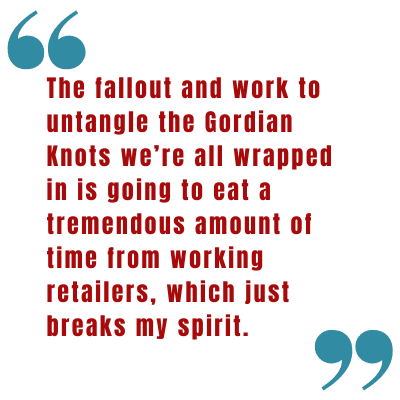
Why would they?
One of the biggest tricks of owning a small business in 2025 operates around data – and I submit that those mountains to climb are significantly worse in comics than in many other fields because of how many SKUs roll through the door. Think about just new periodical comics. We are receiving something like a hundred new SKUs each and every week, the vast majority of which represent “one-time” periodical purchases (not things that are being added to permanent inventory). And most of those SKUs are extremely data rich in terms of things that make practical and fundamental differences about how and where they sell – creative teams, specific series designation, continuing issue numbers, and so on. These were all things that were easy to manage when there were thirty new products a week, but quadruple that – or more! We don’t bother with carrying most variant covers, for example! – it starts to stretch the capabilities of people to stay on top of them.
In comics retail, we have to have ways to ingest that data (which, historically, was near-solely a function of the monthly Diamond catalog; almost certainly about to now go “poof”), as well as to funnel that data out to consumers, where again, centralized systems like Diamond’s “Previewsworld” did so much of the heavy lifting for all publishers.
I’m not very convinced that many of my peers are particularly sure of how to get products outside of the Diamond system – in fact, I’d say the most common question I’ve read in private retailer boards over the last year has been some variation of “Hey! How do I order Viz Comics without Diamond?”
And I very much do not think that the publishers and distributors most impacted by Diamond’s bankruptcy are even slightly ready for the challenges of getting data flowing to places it needs to be flowing to.
So, I thought for this next cycle of columns, I should focus more on “nuts and bolts” kinds of topics of modern comics retailing, and to see what little things I can do to help my peers and fellow booksellers, until clarity comes from our “partners” of how things are going to operate.
Let’s start with something that seems clear to me: the majority of my peers don’t actually grasp that there is a difference between a “distributor”, and a “wholesaler”. Diamond, for example, was often referred to as the comics “distributor”. And, for a long time they were, certainly, either literally or effectively the only rational source for some publisher’s material (certainly periodicals from Marvel and DC, while both books and periodicals for folks like Image or Dynamite). But, for the numerical majority of publishers, what they actually were was “just” a wholesaler standing between the actual distributor of the product and the retailer. For this service, they charged stores somewhere between five and thirteen percent of cover price for this. Take Scholastic Books for example: the largest publisher of children’s graphic novels. You can buy Scholastic books directly from Scholastic as a retailer, non-returnable, at 50% of cover and get free shipping, or you could buy them from a wholesaler like Diamond or Ingram. Diamond gave only a 45% discount on new initial orders, and just 43% on reorders – and then charged shipping on top of that! That meant a reorder of a Raina Telgemier or Dav Pilkey book would effectively only earn you a 40% discount – a full ten points lower than buying directly. Ingram only gives 40% on most orders of most books, and while their shipping charges were meaningfully less than Diamond’s, it still usually pushed the net cost even higher than Diamond in most cases.
Now, if you think about the “mom and pop” nature of the average store, and how, broadly, few Scholastic graphic novels they sell compared to, say, Marvel periodicals, then you can quickly see why for a whole lot of stores the simplest thing to do was to just source Scholastic from the same place they’re buying all of their other comics. But wholesalers are seldom the cheapest source. And because they’re operating on a “buy/sell” paradigm, rather than being the central location of all the inventory, Diamond (or Ingram) are often out of books that are actually very much in print.
Either way, the important takeaway here is that for most “mainstream book publishers”, the actual distributor-of-record, where you can pretty much expect to “keystone” (double your investment) costs after freight for non-returnable books is actually the publisher itself, and not a wholesaler. Also, while I’m going to be focusing on the non-returnable discount (I like margin, a whole lot), all of the following also have returnable programs, for several fewer discount points.

In addition to the base terms, PRH also has a “Partnership program” which can earn retailers +2% on most things they buy if more than 5% of purchases are from “non Comics-Core” publishers. We hit 18% at last check-in, so I, at least, will say it’s very easy to achieve. YMMV!
(I will also note that I receive restock from PRH much faster than from Lunar – at least a week faster, often two – it’s also important to be aware that as the book market distro, PRH has significantly more inventory on hand for a publisher like DC than Lunar does – many many times I find material is out of stock at Lunar, but PRH has copious stock. This is true for Image and Simon & Schuster [below] as well!)
Anyway, if you are a retailer who has not yet opened your PRH account (and, sorry my being an American means that anything in this column is most likely only helpful for American accounts) – and we know there are still at least a few that were still getting Marvel, Dark Horse and IDW from Diamond! – then email ComicMarketUS@PenguinRandomHouse.com
The next place to open an account is at Simon & Schuster. Much like PRH, Simon has tons and tons of imprints. They also offer distribution services for a lot of other publishers – one hundred and forty three on that list, jeez. Same deal as most everyone I mention they are 50% off non-returnable and free freight at a $250 retail order. They also tend to have a few +3% “stock up” opportunities each year. With Viz, they’re a no-brainer to buy direct from, but they also handle books for otherwise-at-Lunar pubs like Oni, Papercutz, Mad Cave (read the link, it’s got more!) where the free freight is a big deal. There are two sales reps for the DM, Brandy Bishop (Brandy.Bishop@simonandschuster.com) and Sean Buckley (sean.buckley@simonandschuster.com) who can help you navigate the account setup, and send out weekly information newsletter, telling you about sales and such.
Then I would open an account at Scholastic. #1 Children’s graphic novel publisher and all! While Graphix is the main GN portion, they also have a stack of sub companies. Tony Shenton (Shenton4Sales@aol.com) is the Direct Market rep for Scholastic. Scholastic is 50% off non-returnable, with a minimum order of just 12 pieces. There are frequent sales at higher minimums.
Tony is an interesting chap, because he is also sales rep for many other clients, including Abrams (which is actually a client publisher of Hachette, see below), which is 49% off at non-returnable with free freight at $154 retail. In 2025 they’re offering +4% on backlist orders over 25 units. Also: Ingram Publisher Services (which is not Ingram itself, but rather conglomeration of a multitude of smaller presses including both graphic novel and manga publishers and publishers that occasionally also produce graphic novels) – 50% non-returnable, free freight at 15 units, NBM (50% non-returnable, free freight at 12 units), Capstone (50% and free freight at 15 units), and a whole myriad of individual artists and small presses (too many things to write out there). Either way, writing him and getting on his mailing lists is a helpful resource for retailers.
Next would be setting up at Macmillan. Macmillan offers a 50% non-returnable, and free freight at $200 retail. There are also regular additional discount promos throughout the year and you can set up via their Direct Market reps Reagan Reynolds (reagan.reynolds@macmillan.com) and Amy Solov (amy.solov@macmillan.com) List of imprints as well as publishers they distribute is right here.
HarperCollins is worth having an account with – here is a list of all of their imprints. Their DM rep is John Petrie (john.petrie@harpercollins.com), and they are also 50% non-returnable, free freight at 30 units.
Finally to consider is Hachette. I find Hachette one of the hardest distributors to work with because while they have their own list of company-owned imprints, they also distribute Abrams (as noted above) as well as Chronicle Books. The thing is, each of those have their own unique terms of sale that are mutually exclusive, and don’t combine quantities together. Hachette, itself for example, gives 50% and free freight at 15 units, but if you order 9 or less units then you pay full retail. If you’re ordering Abrams books, then you’re at 49%, with a $154 minimum for free freight. And if you’re buying Chronicle there is a 10 piece minimum for 50 and free freight. It’s confusing, and I regularly receive invoices that have three different discounts on them, because I missed one minimum or another by a piece or two! Generally, I find them easiest to deal with as individual silos, but this means the smallest volume segment (usually Chronicle) gets reordered meaningfully less each year. Also: Hachette does not, as far as I can tell, have any individual reps – everything has to go through the generic customer.service@hbgusa.com, and they’re not really great about getting back with correct info in timely fashions (for example, I received nothing back from them whatsoever asking questions in the preparation of this article, wah wah wah)
I more or less listed these resources in the order in which I generate orders for them – PRH and S&S I absolutely am placing reorders each and every week as a graphic novel focused comic book store. Harper and Hachette are likely getting placed monthly. The ones in between I would be placing weekly, but I often am waiting for one higher discount period or another, because I view margin as pretty much the most important factor, most of the time. For some stores and some books, getting the fastest possible stock is the most important consideration – so using a wholesaler like Ingram makes more sense.
Hopefully this survey of your distribution options will help retailers make better decisions about how and where to source graphic novels in the new realities we are now facing.
Next month: let’s take a look at point-of-sale systems!
Sponsored by Battle Quest Comics
Brian Hibbs has owned and operated Comix Experience in San Francisco since 1989, was a founding member of the Board of Directors of ComicsPRO, has sat on the Board of the Comic Book Legal Defense Fund, and has been an Eisner Award judge. Feel free to e-mail him with any comments. You can purchase the two collections of Tilting at Windmills (originally serialized in Comics Retailer magazine) published by IDW Publishing. You can also find an archive of pre-CBR installments right here.
Top Photo Credit: Kaboompics.com
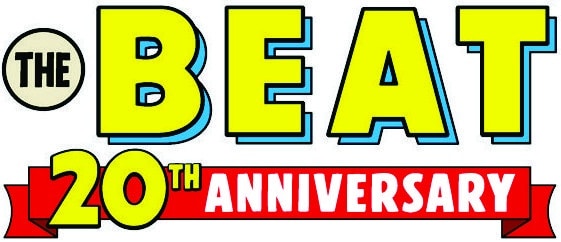
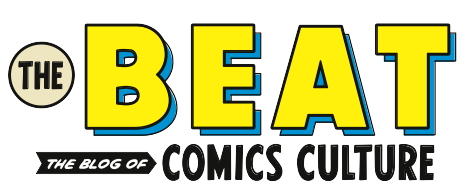

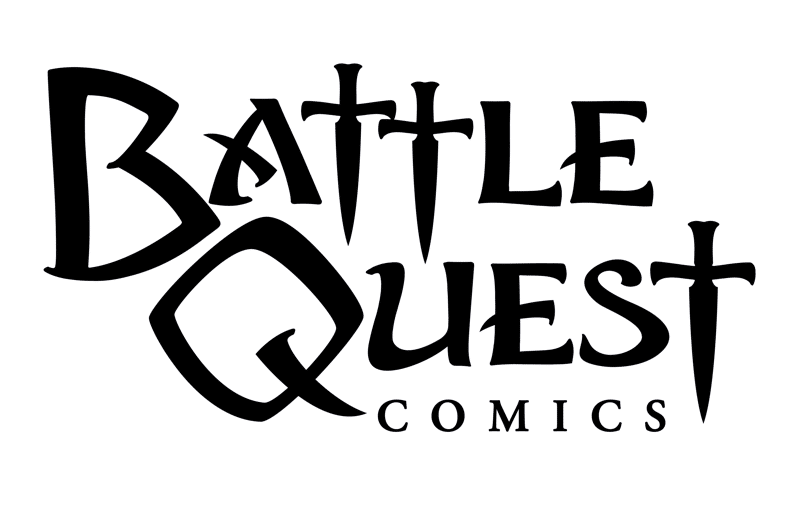



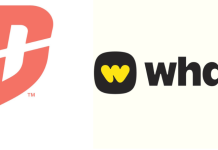





Thank you for all this, Brian. I didn’t know Tony had those other imprints in his portfolio, and somehow I missed that S & S is doing Image. I’ve just added Harper Collins, and MacMillan is next. (Absorbing their kinks one by one.)
We do get reorders from Ingram very fast (Oregon warehouse and I’m in Oregon), so there’s that.
I agree that the extra 2% from PRH should be easy for most comic shops to reach, but then I’ve more or less turned into a bookstore that carries comics rather than the other way around.
I order through the reps, which can be time-consuming and often means I don’t know what they have in stock and exactly how much I owe. Keeping track of weekly orders from each publisher can be challenging to budgeting. Knowing when they will all arrive is even more challenging.
We really didn’t know how good we had it with Diamond, though I had a strong suspicion that it wouldn’t be easy without them.
Great write up, thank you!
So much great info….Brian is an invaluable resource for comic shop owners!!!
What parker said.
Well done, Brian!
Duncan, my biggest issue with Ingram is how you only get free shipping if a single warehouse has 20+ units – but sometimes all of the stock of the book you want is at some OTHER warehouse.
I’ll talk about it more next month, but I think one of the reasons to have a robust POS system is to have IT track what’s being ordered from where and how and when.
-B
I can usually get enough books each week that I get free shipping from Tennessee. But I never even come close on the other two warehouses.
Comments are closed.